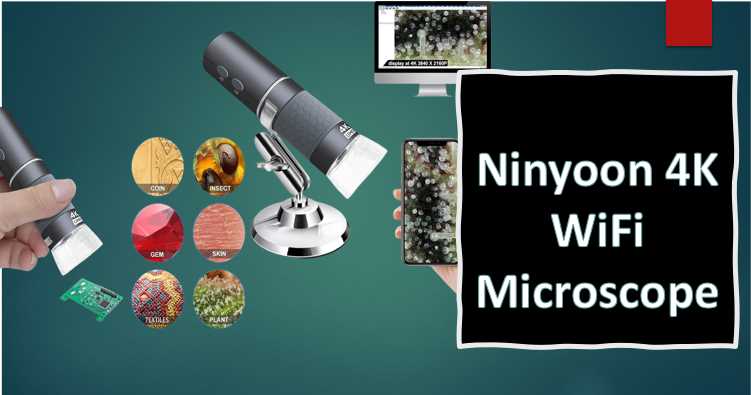Beyond 20/20: The Role of Ophthalmic Microscopes in Vision Enhancement
Ophthalmic microscopes are not mere magnifiers; they are intricate devices meticulously designed to illuminate and scrutinize the intricacies of the eye with unparalleled clarity. This synergy of optics and precision engineering opens new frontiers in the visualization of ocular structures, enabling clinicians to discern minute details that were once beyond the reach of traditional examination […]
Beyond 20/20: The Role of Ophthalmic Microscopes in Vision Enhancement Read More »









